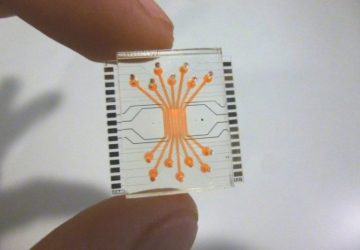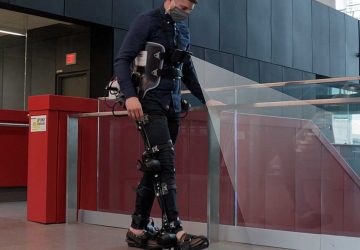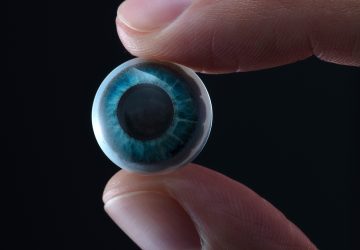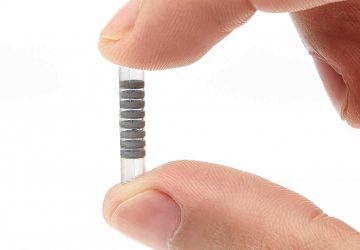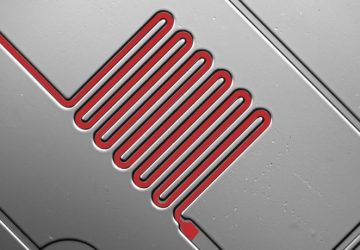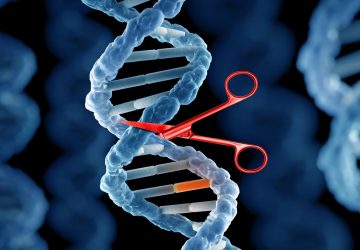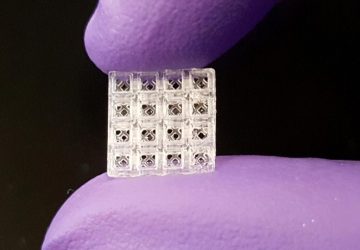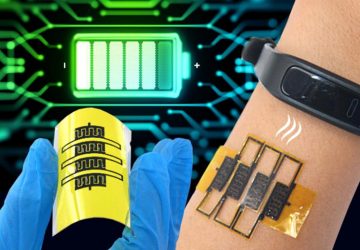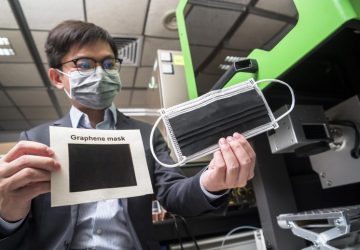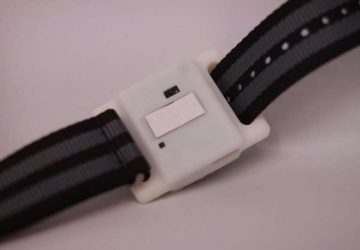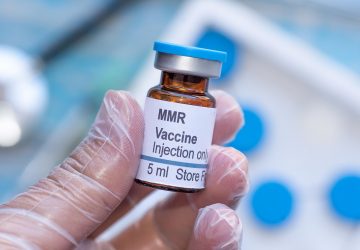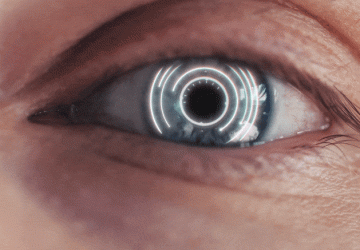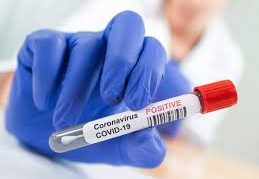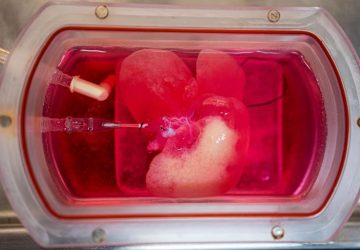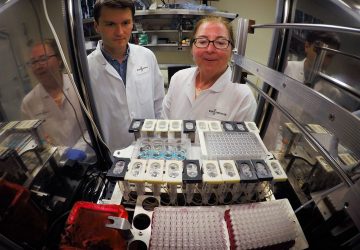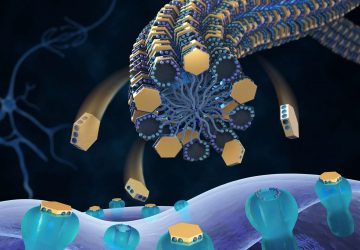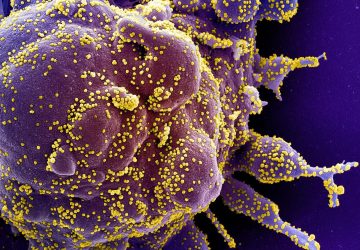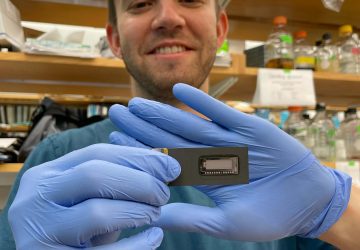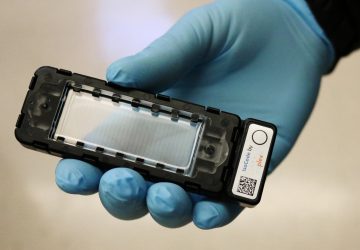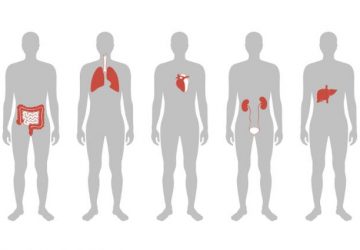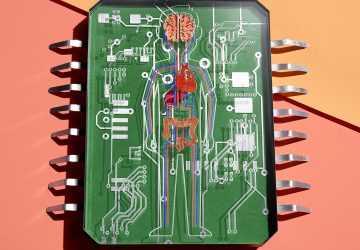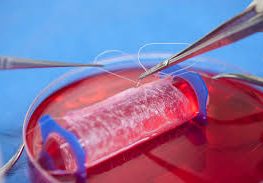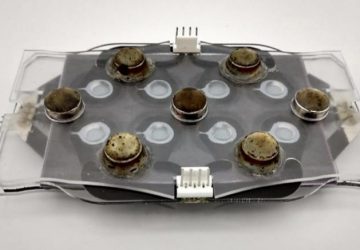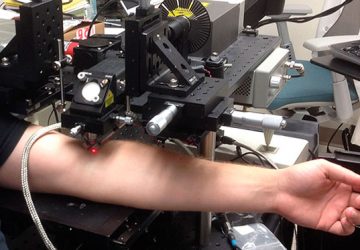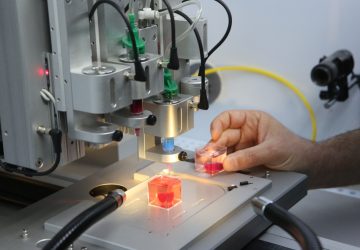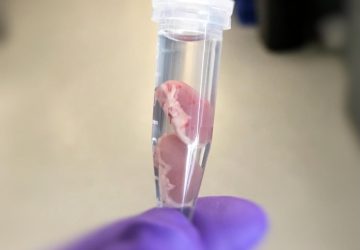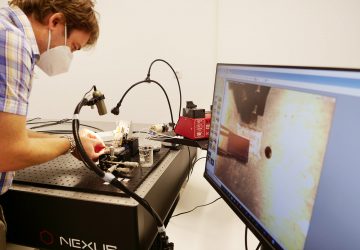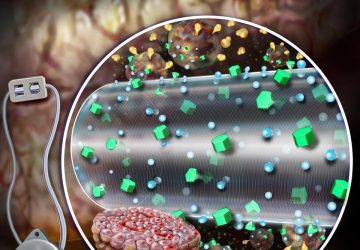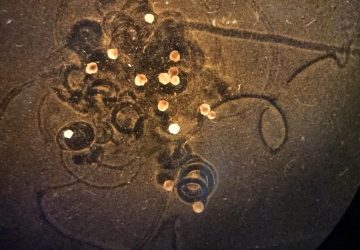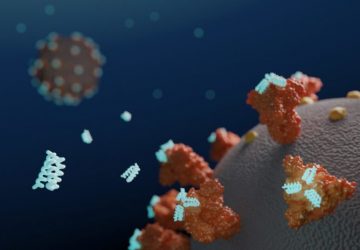When Graham Hatfull, PhD, a professor at the University of Pittsburgh specializing in phage biology and James Soothill, MD, a microbiologist at Great Ormond Street Hospital for Children (GOSH) in London, met over 20 years ago at a phage biology meeting in Tbilisi, Georgia, they could not have predicted that they would one day collaborate to save the life of a teenage girl with a Mycobacterium infection. But, when a 15-year-old…
Read MoreCornell scientists discover new ‘jumping’ superbug gene
While sifting through the bacterial genome of salmonella, Cornell University food scientists discovered mcr-9, a new stealthy, jumping gene so diabolical and robust that it resists one of the world’s few last-resort antibiotics. Doctors deploy the antibiotic colistin when all other infection-fighting options are exhausted. But resistance to colistin has emerged around the globe, threatening its efficacy. “This last-resort antibiotic has been designated a highest-priority antibiotic by the United Nations’…
Read MoreBrain Implant Can Say What You’re Thinking
A brain-computer interface that records signals in the motor cortex can synthesize speech from activity in a user’s brain Two years ago, a 64-year-old man paralyzed by a spinal cord injury set a record when he used a brain-computer interface (BCI) to type at a speed of eight words per minute. Today, in the journal Nature, scientists at the University of California, San Francisco, present a new type of BCI, powered…
Read MoreProfile: IsoPlexis Analyzes Thousands of Cells to Fight Cancer
Software and microelectronics fabrication techniques let research identify powerful immune cells Cancer patients’ bodies contain immune cells that, through successful immunotherapy, can deliver proteins to destroy tumors. But it had been difficult in the past to identify which immune cells were the most powerful. Now, IsoPlexis, a life sciences startup based in Connecticut, has created “microchips” that quickly identify 42 proteins emitted from thousands of individual cells. Software then analyzes…
Read MoreMice reveal 38 new genes involved in hearing loss
Molecular pathways revealed could identify potential drug targets for restoring hearing Multiple new genes involved in hearing loss have been revealed in a large study of mouse mutants. The new genes reveal the metabolic pathways and regulatory processes involved in hearing. Multiple new genes involved in hearing loss have been revealed in a large study of mouse mutants by researchers from the Wellcome Sanger Institute and King’s College London, and…
Read MoreNew imaging technique reveals ‘burst’ of activity before cell death
Studying the movement of tiny cells is no small task. For chromatin, the group of DNA, RNA, and protein macromolecules packed within our genome, motion is an integral part of its active role as a regulator of how our genes get expressed or repressed. “Understanding macromolecular motion is critical, but scientists know very little about it,” said Vadim Backman, Walter Dill Scott Professor of Biomedical Engineering at Northwestern University. “Part…
Read MoreShot to the Gut: “Robotic” Pill Sails Through Human Safety Study
An average person with type 1 diabetes and no insulin pump sticks a needle into their abdomen between 700 and 1,000 times per year. A person with the hormone disorder acromegaly travels to a doctor’s office to receive a painful injection into the muscles of the butt once a month. Someone with multiple sclerosis may inject the disease-slowing interferon beta drug three times per week, varying the injection site among the…
Read MoreThe Ultimate in Personalized Medicine: Your Body on a Chip
You’ve fallen ill, but neither you nor your doctor know which treatment will work. Which would you rather do—try five different drugs, one at a time, until you find one that treats your illness without serious side effects, or take one drug that’s guaranteed to work? You’d opt for that one drug, of course. Right now, though, there’s no way to know for certain that a particular medication will work…
Read MoreBacteria in frog skin may help fight fungal infections in humans
In the past few decades, a lethal disease has decimated populations of frogs and other amphibians worldwide, even driving some species to extinction. Yet other amphibians resisted the epidemic. Based on previous research, scientists at the INDICASAT AIP, Smithsonian and collaborating institutions knew that skin bacteria could be protecting the animals by producing fungi-fighting compounds. However, this time they decided to explore these as potential novel antifungal sources for the…
Read MoreResearchers Create ‘Rat Cyborgs’ That People Control With Their Minds
I’ll just come right out and say it: Scientists have created human-controlled rat cyborgs. Lest you think this is some media sensationalism at work, here’s the actual title of the paper under discussion, which came out last week in Scientific Reports: “Human Mind Control of Rat Cyborg’s Continuous Locomotion with Wireless Brain-to-Brain Interface.” That pretty much says it all. Some of this tech — such as brain-brain interfaces (BBIs) and…
Read More
